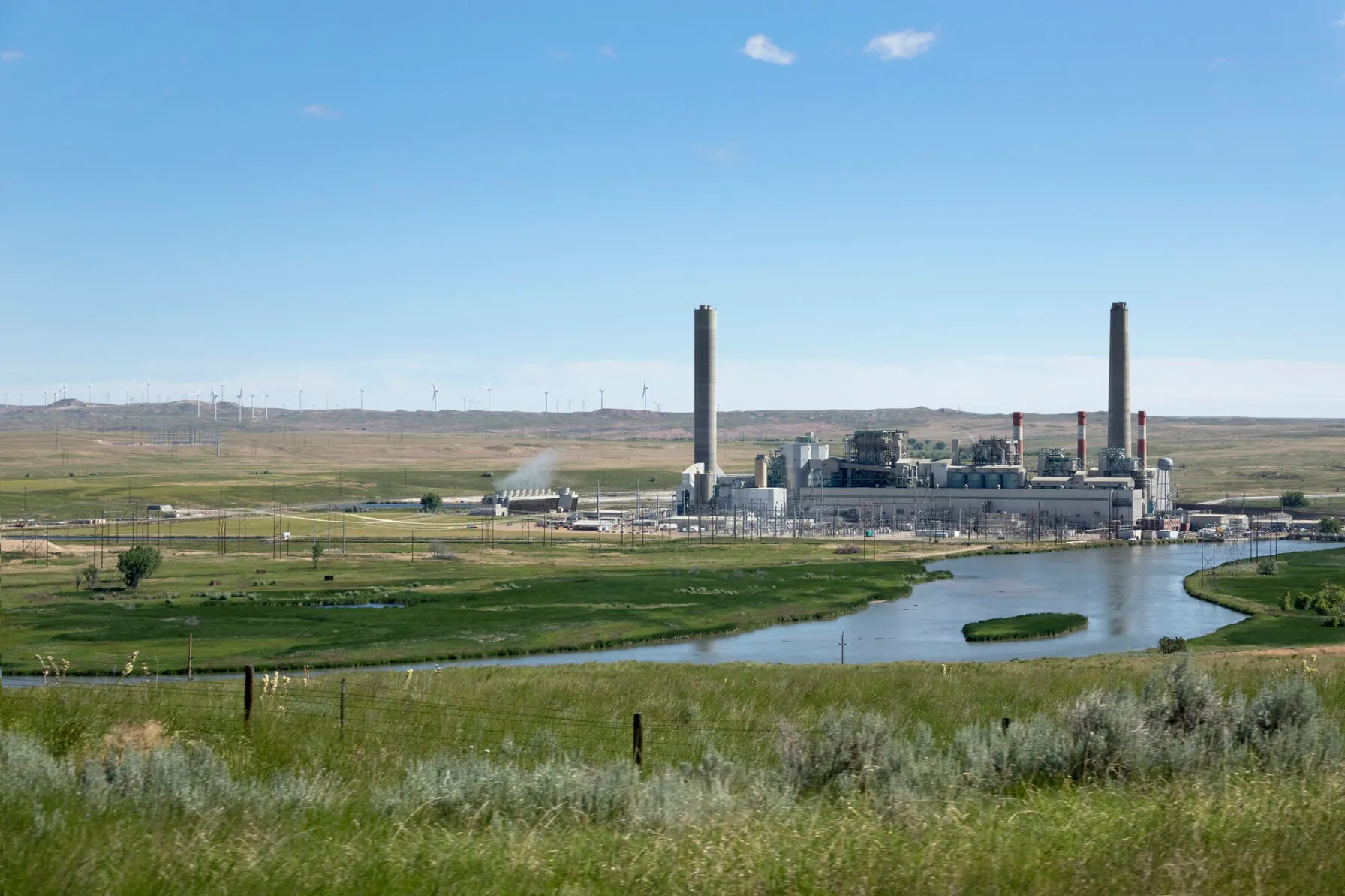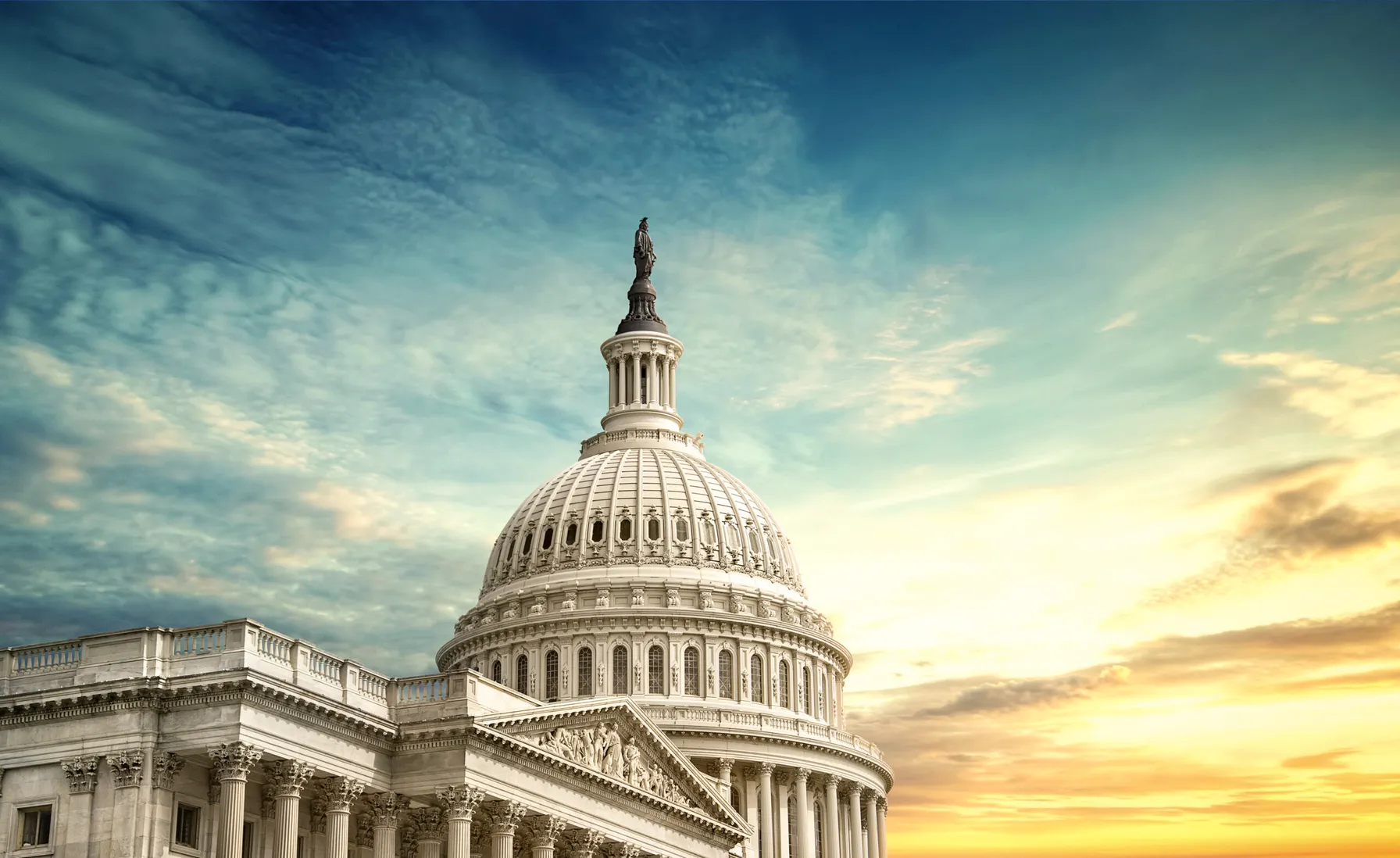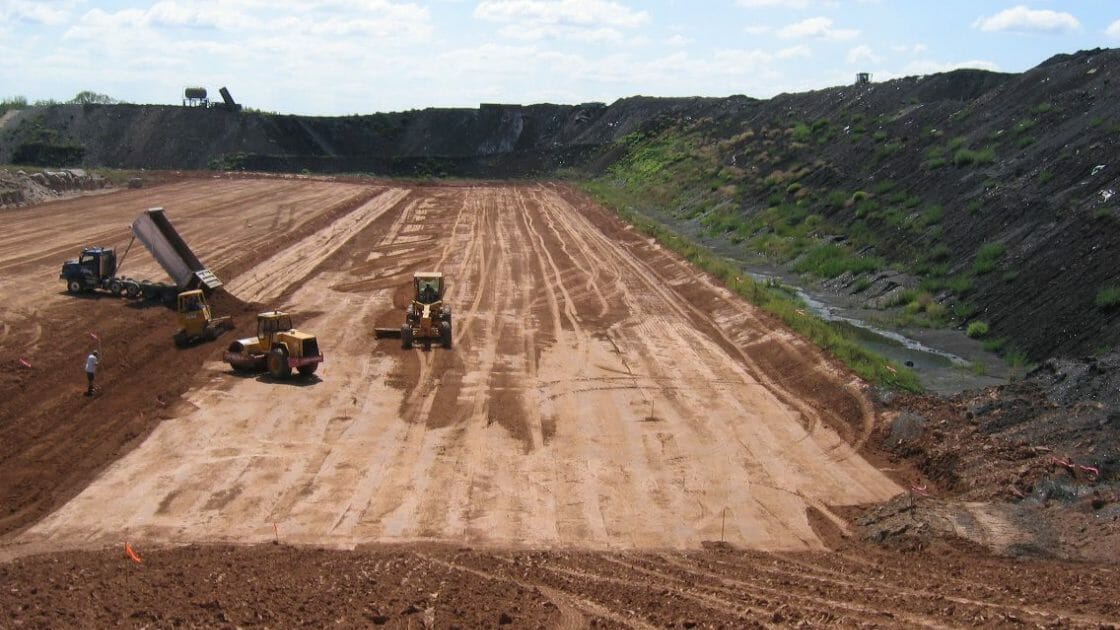Doesn’t it seem like extreme weather events make headlines every day? Do you work with hazardous materials or chemicals and worry about how natural hazards may affect your business?
The United States (U.S.) Global Change Research Program’s Fourth National Climate Assessment predicts increases in temperature, sea level, coastal flooding, extreme heat events, hurricane rainfall and intensity, and frequency and severity of landfalling “atmospheric rivers” on the West Coast of the U.S., all of which may contribute to an increased risk of natural hazards to facilities using or storing hazardous materials and/or hazardous wastes. These natural hazards may damage facilities and potentially release chemicals into surrounding communities, —a risk to human health and the environment AND a liability to company and reputation.
The current Administration, the United States Environmental Protection Agency (USEPA) and other agencies are taking steps to consider natural disasters and potential effects of climate change in regulations and in conducting compliance inspections.
With a goal to “bolster resilience to the impacts of climate change”, Executive Order (EO) 13990, Protecting Public Health and the Environment and Restoring Science to Tackle the Climate Crisis, was published in the Federal Register (FR) on January 25, 2021. This EO indicated that one of the current Administration’s policies was to direct executive departments and agencies to review federal regulations and actions and address those that conflict with the stated national objectives. In response to EO 13990, expect to see greater scrutiny on and regulation of facilities’ preparation for damage from natural hazards. Liabilities for releases during weather disasters will escalate.
USEPA is actively evaluating potential risks from climate change at facilities that make, use, or store hazardous chemicals (i.e., those facilities required by regulation to have risk management programs to prevent and prepare for accidental releases of hazardous chemicals [Risk Management Program (RMP) facilities]. The U.S. Government Accountability Office (GAO) found that 3,200 of the 10,420 facilities reviewed (approximately 31%) are located in areas with natural hazards—such as flooding, storm surge, wildfire, and sea level rise—that may be exacerbated by climate change. These data, combined with a review of challenges to RMP facilities in considering risk from natural disasters, resulted in six specific recommendations for USEPA to issue regulations, guidance, or both to clarify requirements and provide direction to facilities on incorporating natural hazards and climate change into risk management programs.
The USEPA agreed with all six GAO recommendations and has begun addressing these recommendations and the EO 13990 directive by issuing revised RMP regulations. On August 31, 2022, the USEPA published the Safer Communities by Chemical Accident Prevention (SCCAP) Rule in the Federal Register. The public comment period on the proposed rule ended on October 31, 2022, and the USEPA expects to complete the SCCAP Rule revisions by August 2023. The proposed compliance timeframes vary, with updates and revisions of Risk Management Plans due four years after the effective date of the Rule.
Relating to natural hazards, the SCCAP Rule does the following:
- Emphasizes that natural hazards (including those that result from climate change) and loss of power are among the hazards that must be addressed in RMP , and
- Requires justification when hazard evaluation recommendations are not adopted.
The Occupational Safety and Health Administration (OSHA) is also incorporating the consideration of natural hazards in the Process Safety Management (PSM) standard. OSHA held stakeholder meetings in September 2022 to solicit input on the current PSM rulemaking process. One of the expected changes to the PSM standard is adding a requirement to consider natural disasters and extreme temperatures in PSM programs. During the Stakeholder Meeting, the Acting Deputy Director for OSHA’s Directorate of Standards and Guidance indicated that “if your PSM covered process is in a facility that can be exposed to hurricanes, we expect that you cover that possibility as part of your process hazards analysis; similarly for flooding hazards and others such natural disasters”.
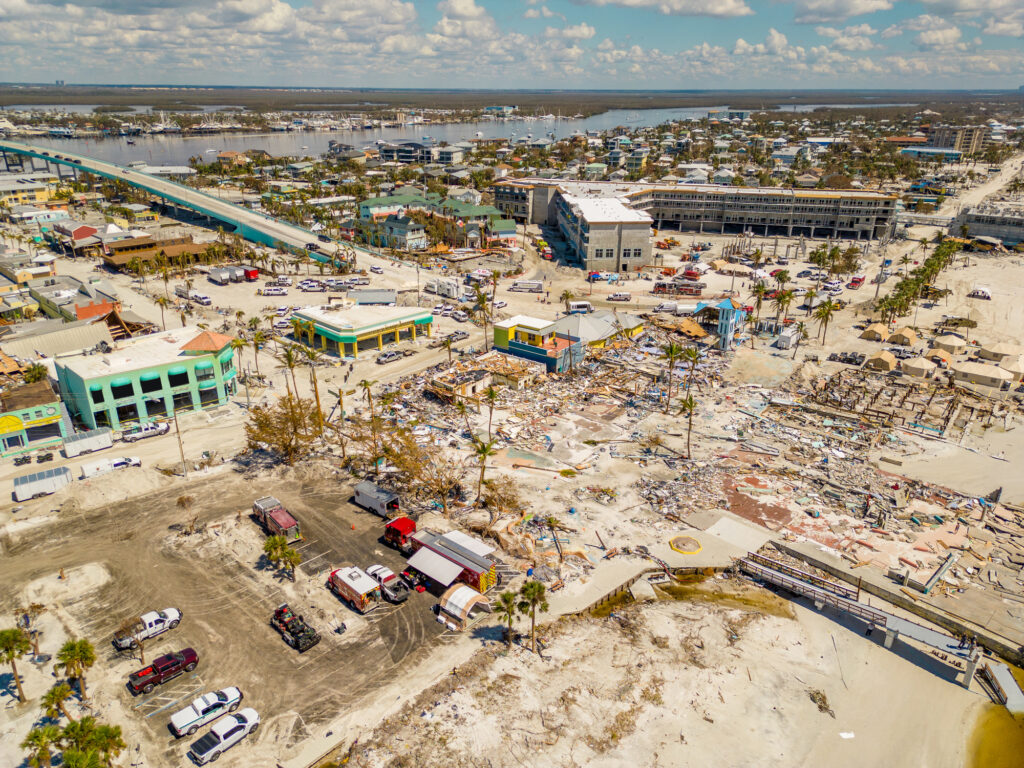

What Can You Do?
- Evaluate your facility’s risk for natural hazards using Federal Emergency Management Agency (FEMA), National Oceanographic and Atmospheric Administration (NOAA), United States Department of Agriculture (USDA), United States Geological Survey (USGS) and other databases and risk indices.
- Address any increased risk of natural hazards when preparing emergency preparedness and response plans.
- Identify and implement redundancies in release prevention strategies and ensure safeguards are not susceptible to common mode failures (i.e., that all release prevention systems may fail as the result of the natural hazard).
- Consider secondary risks to your operations (e.g., how will smoke from a wildfire affect your facility even if the fire does not reach your property?)
- Work with community response organizations to understand what support may be available during a natural disaster.
- Monitor regulatory developments.

How Can TRC Help?
TRC assists clients in addressing environmental, health and safety risks associated with hazardous materials transportation, storage and use, as well as managing the various types of hazardous wastes that may be generated by a facility. We help develop emergency preparedness and response plans and procedures, strategize on climate resiliency, and implement management programs to ensure compliance with regulations and prepare for future risks. Contact our expert below to learn more.
Sharing Our Perspectives
Our practitioners share their insights and perspectives on the trends and challenges shaping the market.

What Hydrogen Production Technologies Qualify for the 45V Tax Credit?
February 26, 2025
The 45V Tax Credit, formally known as the “Credit for Production of Clean Hydrogen and Energy Credit,” became effective on January 10, 2025 when it was published in the Federal Register. The 45V Tax Credit is one of the 21 tax credits that were created or amended by the Inflation Reduction Act (IRA). Finalization of this tax credit is important news to hydrogen project developers and financiers.

SEC Rules in Favor of Climate-Related Disclosures
March 8, 2024
In a long-awaited climate ruling, the Securities and Exchange Commission (SEC) ruled 3-2 in favor of the climate-related disclosures on March 6, 2024.
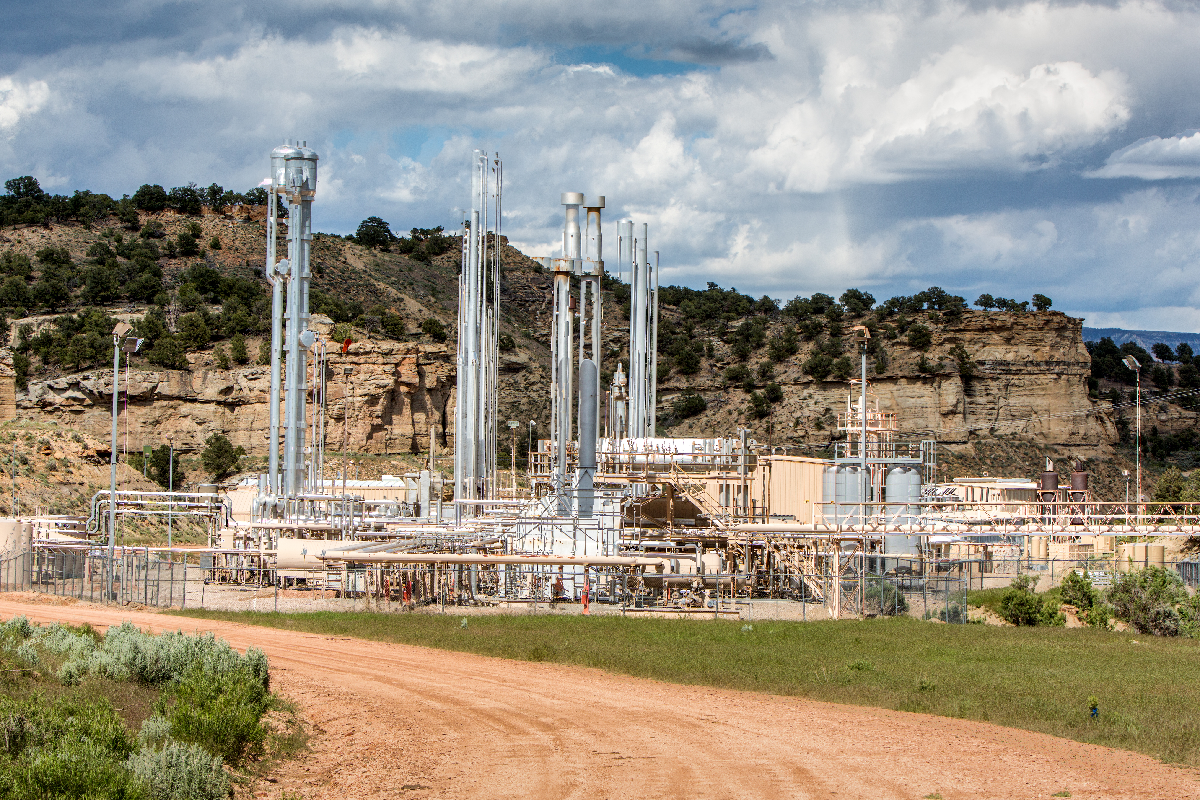
EPA Proposes Rules for IRA-mandated Waste Emissions Charge for Methane
February 6, 2024
EPA proposed rules to implement the Waste Emissions Charge (WEC) program for facilities that exceed a waste emissions threshold

What You Need to Know about the EU Corporate Sustainability Reporting Directive (CSRD)
January 19, 2024
January 1, 2024, marks the start of the first reporting timeframe for companies in scope of the European Union’s Corporate Sustainability Reporting Directive (CSRD).

New Jersey Implements Landmark Environmental Justice Regulations
August 2, 2023
A new landmark Environmental Justice (EJ) law is now effective in New Jersey following a lengthy rulemaking process surrounding the New Jersey Department of Environmental Protection’s (NJDEP) Administration Order (AO) No. 2021-25. It is the first rule of its kind and the strongest EJ regulation in the nation.

EPA Proposes Regulation of Green House Gas Emissions
July 10, 2023
This article highlights the EPA’s proposed rules to regulate greenhouse gas emissions from power plants and the potential impact on new and existing fossil fuel-fired facilities.

Organizing for Project Success
June 22, 2023
Many organizations are establishing Project Management Organizations (PMOs) to improve project management within their organizations. While there can be many reasons for establishing a PMO, most are established to improve project management with respect to schedule, cost, quality and risk. This article provides an overview of factors to consider when deciding on which type of PMO is most suitable for your organization and how best to implement a successful and high-performing PMO.

New Executive Order 14096 Broadens Environmental Justice Initiatives
May 9, 2023
Executive Order 14096, Revitalizing Our Nation’s Commitment to Environmental Justice for All, seeks to deepen the Biden administration’s “whole-of-government” approach to environmental justice (EJ) by fully integrating the consideration of unserved and overburdened communities and populations into all aspects of federal agency planning and delivery of services.

Proactive Enforcement is Key in the EPA FY2022-2026 Strategy
October 19, 2022
A core element of the EPA FY2022-2026 Strategic Plan focuses on environmental compliance.

Preparing for EPA Inspections in Environmental Justice Communities
October 4, 2022
The EPA Office of Enforcement and Compliance Assurance Have Expanded Goals to Strengthen Enforcement and Protections Within EJ Communities

TRC Companies Inc. welcomes the Founder and Key Principals of ESG Advisory Firm Enzo Advisors, LLC
September 27, 2022
TRC Companies announces the expansion of its Climate Solutions offering and ESG capabilities with the addition of the Founder and CEO, and key members of Enzo Advisors, LLC
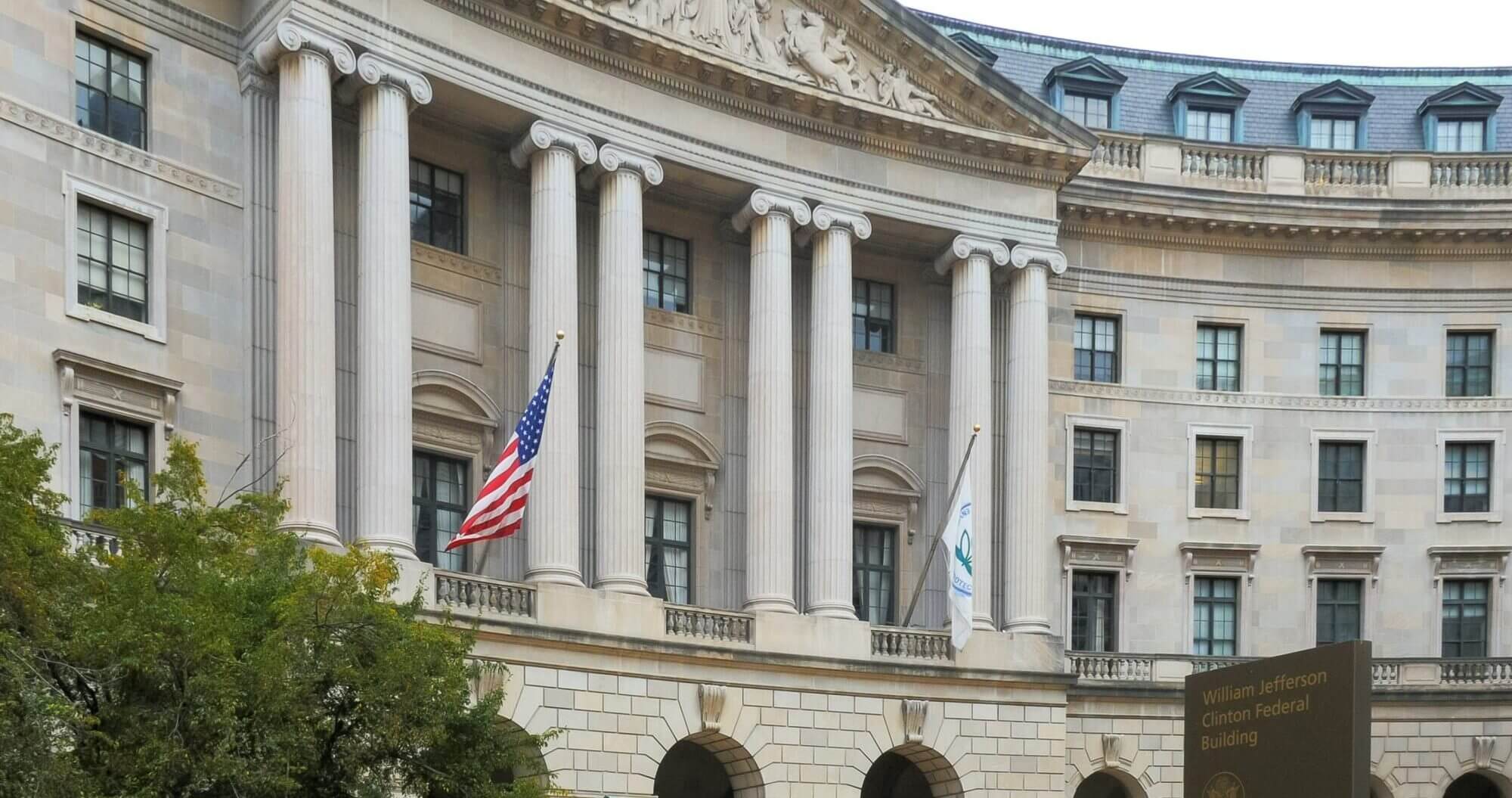
Climate Action and Environmental Justice are at the Forefront of EPA’s Strategic Plan
June 14, 2022
The EPA issued its Fiscal Year 2022-2026 Strategic Plan. Although the strategic plans emphases often change with administrations, we can be reasonably certain that the Plan reflects priorities through 2024.

TRC Companies Pledges to Achieve Net Zero GHG Emissions by 2040
April 26, 2022
TRC Companies, a digitally powered and environmentally focused global professional services firm, announced its commitment to achieve Net Zero greenhouse gas (GHG) emissions across its full value chain by 2040, aligning with the most ambitious aim of the Paris Agreement to limit global temperature rises to 1.5 °C.

Why Are ESG Frameworks Important?
April 13, 2022
ESG standards significantly impact long-term growth, leading many companies to integrate ESG reporting into their corporate social responsibility (CSR) strategies. ESG frameworks are broad and diverse, and establishing a reporting system that covers your industry’s most relevant metrics can be challenging.

How Does ESG Address Environmental Concerns?
October 22, 2021
When investors consider where to put their money, they may examine environmental, social and governance (ESG) criteria, learn about a company’s core values and decide if they align with their own. Young people, in particular, search out this information to make decisions that align with their morals.

What Is Environmental, Social and Corporate Governance?
October 10, 2021
Several key considerations help determine whether an investor decides to support a particular company. While many factors can tip the scales, investors are increasingly seeking out businesses that uphold higher standards. Therefore, companies should openly communicate their standards to make it easier for investors to understand their values.

NJDEP Implements New Jersey Environmental Justice Law Through Administrative Order
October 5, 2021
On September 22, 2021, the New Jersey Department of Environmental Protection (NJDEP) Commissioner announced the issuance of Administrative Order (AO) No. 2021-25 to implement New Jersey’s Environmental Justice (EJ) Law. This order is effective immediately, and applicants seeking to site new major source facilities, renew major source permits or expand existing facilities with major source permits (e.g., Title V air permits) in overburdened communities are affected. There are more than 4.5 million people that live within 331 municipalities that are overburdened communities in the state of New Jersey.

Cryptocurrency: The Environmental Threats and Opportunities
August 9, 2021
Cryptocurrency (also known as crypto) is taking the fintech industry by storm, despite the economic experts who still dismiss it as a viable form of currency. Although often criticized for this volatility, whistleblowers are also further shining a light on the severe toll that these digital currencies are taking on the environment.

Managing EHS & ESG Risks Through Integrated Systems Today and Beyond
July 22, 2021
It has been more than 50 years since the development and establishment of the federal Environmental Protection Agency (EPA) and the federal Occupational Safety & Health Administration (OSHA) which were formed to protect our environment and workplaces across the United States. Significant laws, policies and regulations followed to establish the “regulatory programs” that all applicable businesses and entities must address and meet to ensure these compliance-driven legislative programs would create a foundation to protect our society.

TRC Announces Collaboration with Greenstone Reinforcing Integrated ESG, Sustainability and Climate Risk Solutions
June 26, 2020
On September 22, 2021, the New Jersey Department of Environmental Protection (NJDEP) Commissioner announced the issuance of Administrative Order (AO) No. 2021-25 to implement New Jersey’s Environmental Justice (EJ) Law. This order is effective immediately, and applicants seeking to site new major source facilities, renew major source permits or expand existing facilities with major source permits (e.g., Title V air permits) in overburdened communities are affected. There are more than 4.5 million people that live within 331 municipalities that are overburdened communities in the state of New Jersey. The Administrative Order requires an enhanced public participation process that requires facilities to: Hold a public hearing meeting as determined by the Environmental Justice Law. To the extent consistent with applicable law, have a public comment period that is a minimum of sixty (60) days. If there is written request from members of the respective overburdened community, the public comment period may be extended by thirty (30) days to provide information related to “information regarding existing conditions within the overburdened community and potential facility-wide environmental and public health stressors that could result in adverse impacts upon the overburdened community were the regulated activity approved.” Respond to and address the concerns raised by individuals from the overburdened community during the public comment period, which may include the need to perform additional analysis as deemed necessary by the NJDEP. Solicit concerns from the overburdened community regarding environmental or public health stressors posed by the facility. Adhere to special conditions placed on permits approved by the NJDEP. Special conditions may be placed to avoid or minimize public health stressors to the maximum extent allowed by law. NJDEP has the authority to reopen or further extend the public comment period on a case-by-case basis, as consistent with applicable law and statues. Title V permit holders in overburdened communities in New Jersey must take steps to address new and multi-faceted environmental justice regulations and should do so in an effective manner to avoid business difficulties and manage public relations issues. This AO has the potential to significantly impact project schedules for new projects or facility expansions. Therefore, identifying EJ-related concerns during the planning phase is critical to a successful project and benefits both the business and the community.

COVID-19 and Implications for ESG Investing
June 3, 2020
This global pandemic has exposed business vulnerabilities and recalibrated material Environmental Social and Governance factors for investors.

Sherry Constable
Sherry is TRC's National Service Leader for Hazardous Materials/Hazardous Waste Services. She has 25 years of experience in environmental engineering and consulting with oil and gas; industrial; and government clients and specializes in solid and hazardous waste management; spill and emergency response planninag and preparation; regulatory analysis; RCRA permitting; stormwater management and permitting; and facility compliance. She holds a bachelor's degree in Environmental Engineering from Vanderbilt University and a master's degree in Civil/ Environmental Engineering from the University of Texas at Austin. Sherry can be reached at SConstable@TRCcompanies.com

